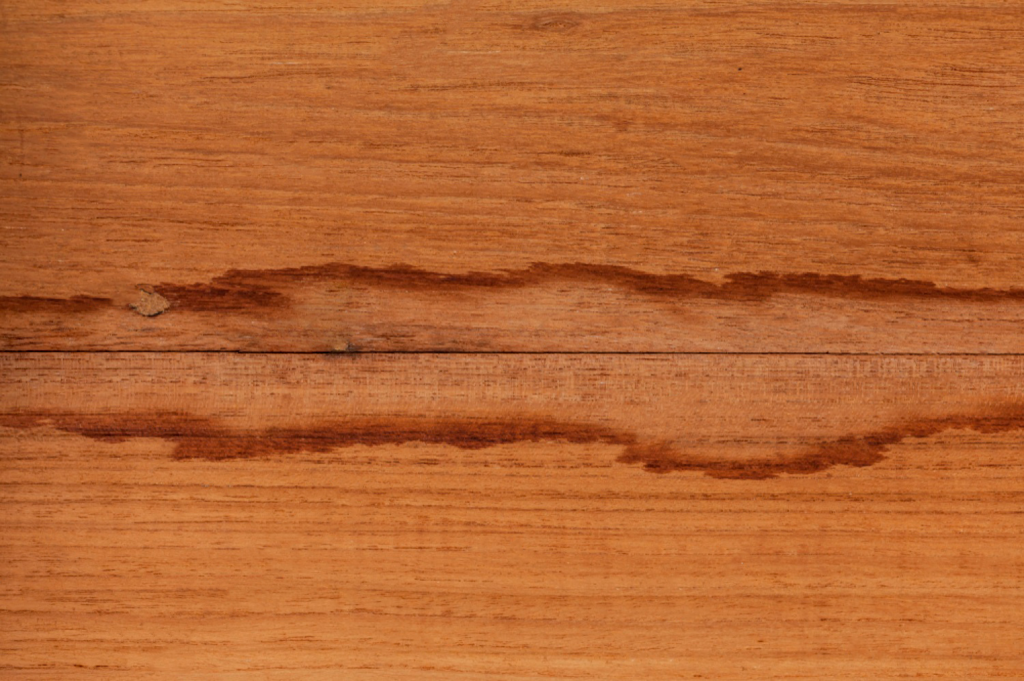Every year in the United States, moisture-related damage to flooring results in losses exceeding one billion dollars. Moisture can negatively impact all types of wood and resilient flooring when installed over concrete subfloors. These effects may become apparent immediately or may take weeks, months, or even years to surface. Common signs of moisture damage include warping, buckling, cupping, and discoloration. Additionally, moisture vapor from concrete subfloors can pose health hazards in the form of mold, mildew, or bacteria. Fortunately, there are innovative product systems available today that serve as the ultimate defense against such damages.
Effective subfloor preparation is crucial for ensuring the long-term protection of your installation. As concrete dries, water vapor naturally escapes the slab, creating small capillary networks that can act as future pathways for moisture. Managing moisture vapor emissions is essential, along with creating a flat, level, and smooth surface on which other flooring materials can be properly installed.
One of the most popular technologies used to combat moisture issues includes single-component and two-part epoxy moisture barriers designed to shield and prepare the concrete substrate. Two-part epoxies, in particular, are renowned for their strength and versatility. They not only help consolidate the substrate but also promote adhesion, typically boasting the lowest perm ratings among all moisture vapor barrier technologies in the flooring industry. Some fast-curing epoxy options on the market can allow you to proceed with the installation in as little as three hours, providing peace of mind with moisture protection of up to 100% relative humidity.
In terms of subfloor preparation, installers should consider self-leveling underlayment solutions specifically engineered for high-moisture situations. These moisture-tolerant, rapid-setting, and durable self-levelers can create a flat, level, and smooth surface. A cementitious underlayment can produce self-smoothing substrates suitable for various residential and commercial flooring finishes. Some options even offer high flow, high strength engineering, and cure times as short as 90 minutes. With these advancements, you no longer have to compromise between thoroughness and speed. In just a few hours, you can install a secure system that provides the highest possible moisture resistance.
Today, there is a wide range of products available to address high moisture installations. The ultimate choice for installers is a fully integrated combination of products capable of swiftly resolving moisture concerns while delivering an optimal surface profile. Some companies offer every element of a fully warranted system, allowing installers to rely on a single trusted supplier. Harmful moisture vapor emissions can threaten any installation, but these latest technology solutions offer greater efficiency and security than ever before.
Attribution: This content is based on information from ProInstaller Magazine.



